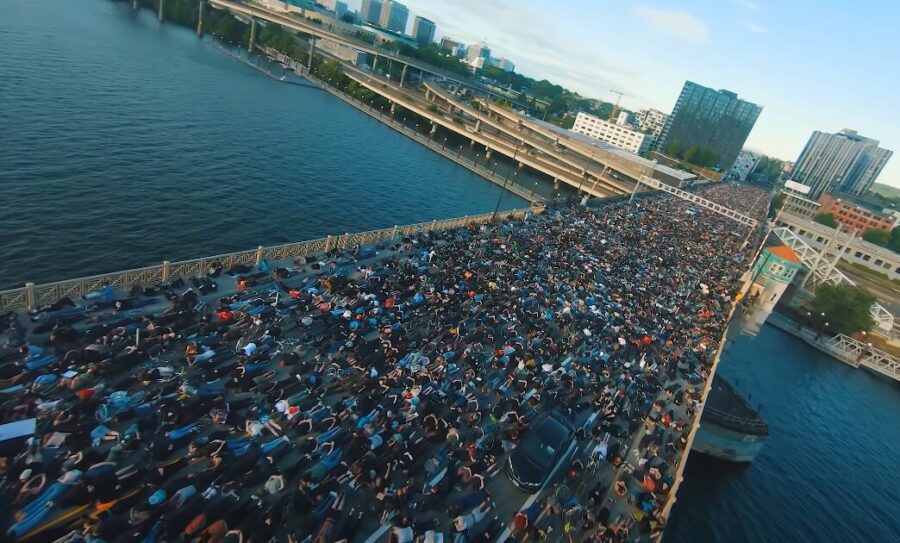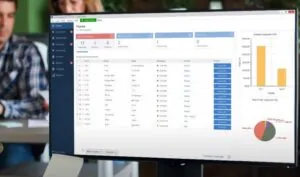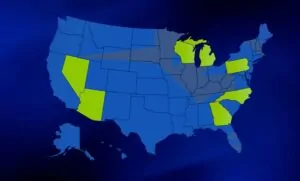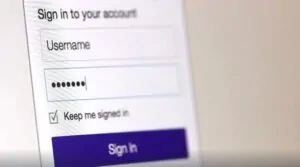Protests are the main driving force behind cultural, political, and economic changes, nobody can deny that.
We live in a society shaped by protests of various sorts.
Let us take a look at the famous protests in American history that shaped the country we are living in today.
Table of Contents
Toggle10. March for Our Lives (2018)
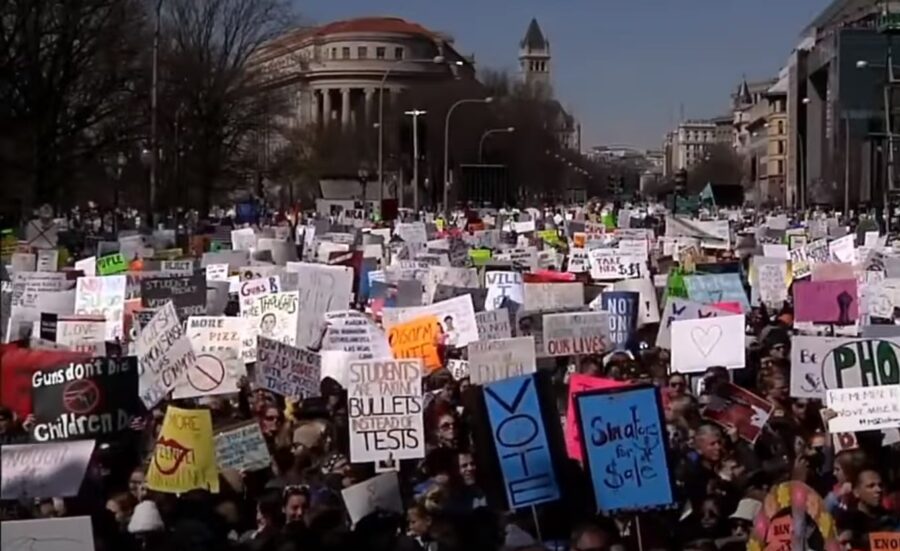
The March for Our Lives was a powerful protest organized by survivors of the Stoneman Douglas High School shooting, which took place on February 14, 2018, in Parkland, Florida.
This tragic event, in which 17 students and staff members lost their lives, galvanized a movement advocating for stricter gun control laws in the United States.
On March 24, 2018, approximately 800,000 people gathered in Washington, D.C., and up to 2 million participated in sister marches across the country, making it one of the largest protests in U.S. history. This protest was notable for its focus on youth leadership and activism.
The survivors of the shooting, many of whom were high school students, became prominent voices in the national debate on gun violence.
Their efforts led to legislative changes in Florida, including the introduction of new gun control measures, and significantly raised awareness about the issue of gun violence in the United States.
9. Occupation of Alcatraz (1969-1971)
The Occupation of Alcatraz was a famous protest in American history led by Native American activists, who cited the Fort Laramie Treaty of 1868 as the basis for their claim to the land.
The treaty had promised that all retired, abandoned, or out-of-use federal land would be returned to Native Americans. When Alcatraz Island, a former federal prison, became surplus property, a group of activists seized the opportunity to reclaim it.
The occupation began on November 20, 1969, and lasted for 19 months. This prolonged protest drew national attention to the plight of Native Americans and their ongoing struggle against the U.S. government’s policies.
The occupation ultimately led to increased public awareness and sympathy for Native American issues, contributing to the termination of the Indian Termination Policy under President Nixon’s administration.
8. Stonewall Riots (1969)
The Stonewall Riots were a series of spontaneous demonstrations by members of the LGBTQ+ community in response to a police raid at the Stonewall Inn, a gay bar in New York City, on June 28, 1969.
The event is widely considered to be the catalyst for the modern LGBTQ+ rights movement in the United States and one of the most famous protests in American history.
Over several days, members of the community clashed with police, leading to a significant shift in the fight for LGBTQ+ rights.
The riots led to the formation of several gay rights organizations, including the Gay Liberation Front and the Gay Activists Alliance, which played pivotal roles in advocating for LGBTQ+ rights.
The first Pride marches, which began in 1970, were held to commemorate the anniversary of the riots and have since grown into annual celebrations of LGBTQ+ pride and activism around the world.
The first cities where these were held were:
7. Kent State Shootings (1970)
The Kent State Shootings occurred on May 4, 1970, during an anti-Vietnam War protest at Kent State University in Ohio.
The Ohio National Guard was called in to disperse the demonstrators, and during the confrontation, they fired on the unarmed students, killing four and wounding nine.
A tragic event highlighted the deep divisions within the United States over the Vietnam War and sparked a wave of protests across the country.
The shootings intensified public opposition to the Vietnam War and led to increased scrutiny of government policies.
In the aftermath, campuses nationwide experienced a surge in student activism, and the incident became a symbol of the government’s heavy-handed approach to dissent.
The Kent State Shootings remain a poignant reminder of the costs of political and social conflict.
6. Anti-Nuclear March (1979)
The Anti-Nuclear March in 1979 was a significant protest against nuclear weapons and power, following the Three Mile Island accident in Pennsylvania.
The incident, which was the most serious accident in U.S. commercial nuclear power plant history, raised public concern about the safety of nuclear energy.
On May 6, 1979, around 125,000 people gathered in Washington, D.C., to demand an end to the use of nuclear power and weapons.
This protest was part of a broader anti-nuclear movement that gained momentum in the 1970s and 1980s. It brought together a diverse coalition of environmentalists, scientists, and ordinary citizens, united by their opposition to nuclear energy and weapons.
The march helped to raise awareness about the potential dangers of nuclear technology and influenced public opinion and policy regarding nuclear energy.
5. The March on Washington for Jobs and Freedom (1963)
The March on Washington for Jobs and Freedom, held on August 28, 1963, was a pivotal event in the Civil Rights Movement.
Organized by civil rights leaders, including Martin Luther King Jr., the march attracted approximately 250,000 participants to the National Mall in Washington, D.C.
It was here that King delivered his iconic “I Have a Dream” speech, calling for an end to racism and for economic and civil rights.
The march played a key role in the passage of the Civil Rights Act of 1964 and the Voting Rights Act of 1965, landmark legislation that significantly advanced the cause of civil rights in the United States.
The event showcased the power of peaceful protest and the unity of the civil rights movement, leaving a lasting impact on American society and politics.
4. Bonus Army March (1932)
The Bonus Army March was a protest by World War I veterans who demanded early payment of bonuses promised by Congress.
In the summer of 1932, approximately 20,000 veterans and their families converged on Washington, D.C., and set up camps near the Capitol.
The veterans were desperate, struggling through the Great Depression, and in dire need of financial assistance.
The U.S. government, however, refused their demands, and the protest ended violently when U.S. Army troops, led by General Douglas MacArthur, were ordered to disperse the demonstrators.
The brutal eviction of the veterans and the destruction of their camps shocked the nation and highlighted the struggles faced by veterans during the Great Depression, influencing future policies regarding veterans’ benefits.
3. Women’s Suffrage Parade (1913)
The Women’s Suffrage Parade of 1913 was a landmark event in the fight for women’s voting rights in the United States.
Organized by Alice Paul and the National American Woman Suffrage Association, more than 5,000 women marched down Pennsylvania Avenue in Washington, D.C., on March 3, 1913, the day before President Woodrow Wilson’s inauguration.
The parade faced violent opposition and inadequate police protection, resulting in injuries to many participants.
Despite these challenges, the parade succeeded in drawing national attention to the women’s suffrage movement.
The bravery and determination of the marchers galvanized public support, ultimately leading to the passage of the 19th Amendment in 1920, which granted women the right to vote.
The 1913 parade remains a symbol of the perseverance and resilience of the suffrage movement.
2. Boston Tea Party (1773)
The Boston Tea Party was a seminal event in American history, marking a protest against British taxation without representation.
On December 16, 1773, American colonists, disguised as Native Americans, boarded three British ships and dumped 342 chests of tea into Boston Harbor.
The act of defiance was in response to the Tea Act, which allowed the British East India Company to sell tea directly to the colonies, bypassing colonial merchants and undercutting local businesses.
The Boston Tea Party provoked harsh punitive measures from Britain, known as the Coercive Acts, which further inflamed colonial resistance and united the colonies against British rule.
This protest was a catalyst for the American Revolution, leading to the Declaration of Independence and the eventual formation of the United States.
1. Civil Rights Movement Marches in Alabama (1963-1965)
The Civil Rights Movement Marches in Alabama from 1963 to 1965 were crucial in the fight for civil rights and voting rights for Black Americans.
These protests included the Children’s Crusade in Birmingham, where young people faced brutal police tactics, and the Selma to Montgomery marches, which were met with violent opposition from local authorities.
The most notable of these was “Bloody Sunday” on March 7, 1965, when marchers were attacked by state troopers on the Edmund Pettus Bridge.
These marches brought national and international attention to the civil rights struggle and highlighted the systemic racism and violence faced by Black Americans.
A widespread outrage over the treatment of peaceful protesters played a significant role in the passage of the Civil Rights Act of 1964 and the Voting Rights Act of 1965, which were pivotal in advancing civil rights and securing voting rights for African Americans.

